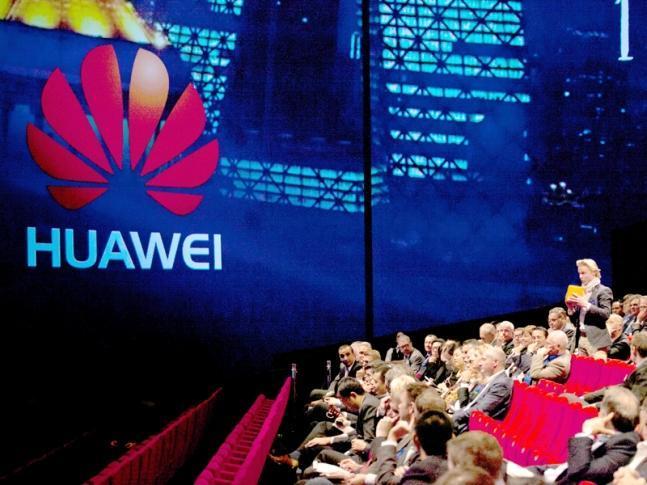M1 Limited (M1), Singapore’s third largest mobile carrier, and Huawei announced on 18 January that they had successfully achieved Singapore’s highest 5G transmission speeds of 35Gbps. The demonstration, at M1’s main operating centre in Jurong, is part of Huawei’s long-term commitment to the successful deployment of 5G network by the year 2020.
The M1-Huawei demonstration, using millimeter wave (mmWave), was conducted over the 73GHz band at E-band. The trial validates the performance of 5G in high frequency bands and opens a new landscape for the standardization of 5G high-frequency technologies in Singapore.
Various candidate 5G technologies and standards, overseen by the 3rd Generation Partnership Project (3GPP) standards body, are undergoing aggressive trials globally. The 3GPP is expected to finalize 5G technology standards for global adoption and deployment by 2020.
Alongside greater throughput speeds – users will be able to download a 1080p movie in seconds – 5G technology will support the massive number of low-latency connections critical to driving the next wave of virtual/augmented reality and Internet-of-Things applications such as autonomous driving.
“Singapore’s mobile networks are widely acknowledged as amongst the most advanced worldwide, and M1 is committed to staying at the forefront of 5G technology to ensure our consumers enjoy the best experience and latest smart applications,” said Mr Denis Seek, Chief Technical Officer, M1.
A high broadband, ultra low latency 5G network is vital to power smart applications that will fundamentally transform lives of Singaporeans in a ‘Smart Nation’. As early as in 2009, Huawei set up its research into 5G since its deployment of the world’s first commercial LTE network, and has continuously made long-term investments in research on high-frequency channel for mainstream application scenarios.
In January 2016, M1 and Huawei together achieved a combined download and upload speed of more than 1Gbps. The trial is conducted using existing commercial hardware infrastructure supplied by Huawei and a prototype CAT14 device. The trial was made possible through the innovative integration of four advanced network technologies: 3CC (three component carrier) aggregation, 4×4 MIMO (Multiple-Input Multiple-Output), Higher Order Modulation 256 QAM (Quadrature Amplitude Modulation) and 2CC uplink carrier aggregation.







